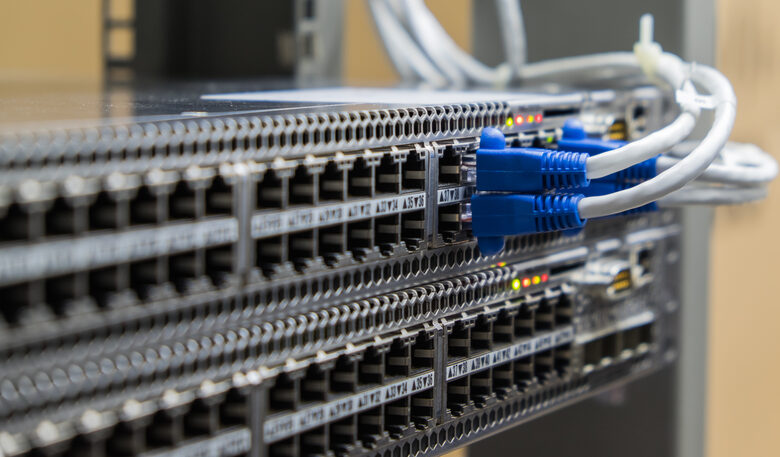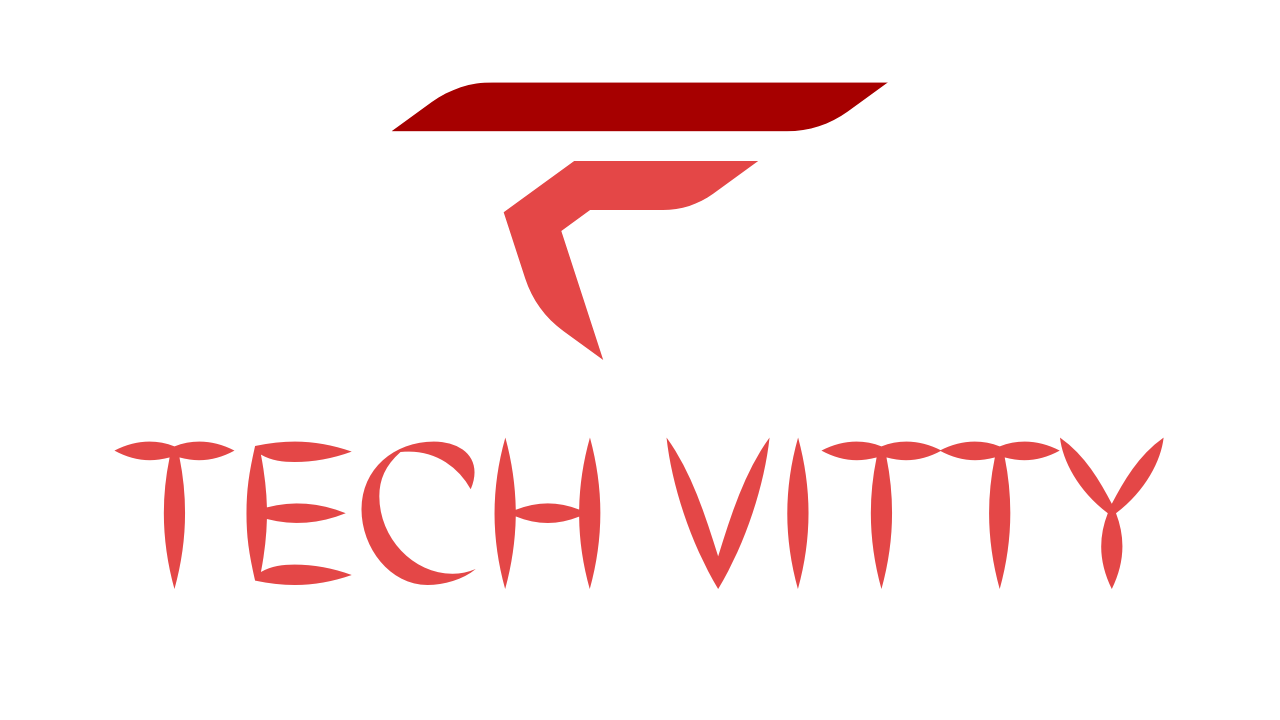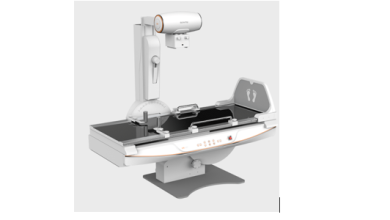How to choose suitable data center switches (not used)

Choosing a data center switch is no small feat, especially for those planning the deployment of a new data center or upgrading an existing one. There are plenty of factors to consider when making your selection and the most important ones can be broken down into a few different areas. Performance needs should be given priority, even if cost-effectiveness is also desired. You should also consider durability and scalability; switches are built to last, but their longevity may be limited if your technology infrastructure is continually changing. Other factors such as security options, compatibility with other components, as well as installation and maintenance costs should also be weighed carefully. With so much to take into account it’s crucial to do your research and understand the entire process in order to make the best choice for your data center switch.
Data center swithces come in a range of sizes and selecting the appropriate one for your business can be a challenge. Before you decide on what size to get, consider both your current needs as well as future growth potential. Investing in a larger switch might appear more expensive upfront but it provides the benefit of greater scalability allowing you to meet any increasing data flow demands without needing another switch install. On the other hand, smaller swithces are certainly more economical but require careful placement at the top of each rack to ensure there are no bottlenecks due to their limited capacity. Understanding your data requirements is key when selecting the right swtich size.
When it comes to connecting to the web, the type of fibered connections a person needs is paramount. With options such as 10 Gbps, 25 Gbps, 40Gbps and even higher, it is important to make a decision early on which connection is ideal for one’s requirements. In modern times, many data centers are increasingly tapping into faster 100Gpbs speeds whilst hyperscale ones switch to 400Gbps- which requires specific switches in order to benefit from the increased speed. Choosing the right fiber connection can drastically reduce latency and increase efficiency on any project or application. Cloud data centers have seen immense growth in recent years, as well their applications and services becoming ever more virtualized. This has brought a new wave of switches for network engineers to consider for the data centers, such as white box switches or bare metal versions with open source operating systems. These offer flexibility should the needs of the center or network change in the future, without needing to invest all over again. On top of this, these swithces come at a much lower cost compared to brand-name swithces. To make sure your data center is ready for an upgrade, it is essential to know exactly what swithces you are using and which operating system they run on.
Choosing the right switch is critical when creating an efficient data center environment. Not only will it affect the quality of the server cooling, but it could also influence how long the equipment will last. If you choose switches that restrict airflow, it could lead to an increase in thermal levels that would cause your servers to overheat and fail prematurely. The location of your swtich connections also has an impact on cooling effeciency; if you locate them at the front of your servers, then you should opt for front-to-back cooling direction. On the other hand, if your switches are placed behind the servers, back-to-front cooling is a better choice. Ultimately, understanding these factors before buying switches can save you a lot of time and money down the line.





